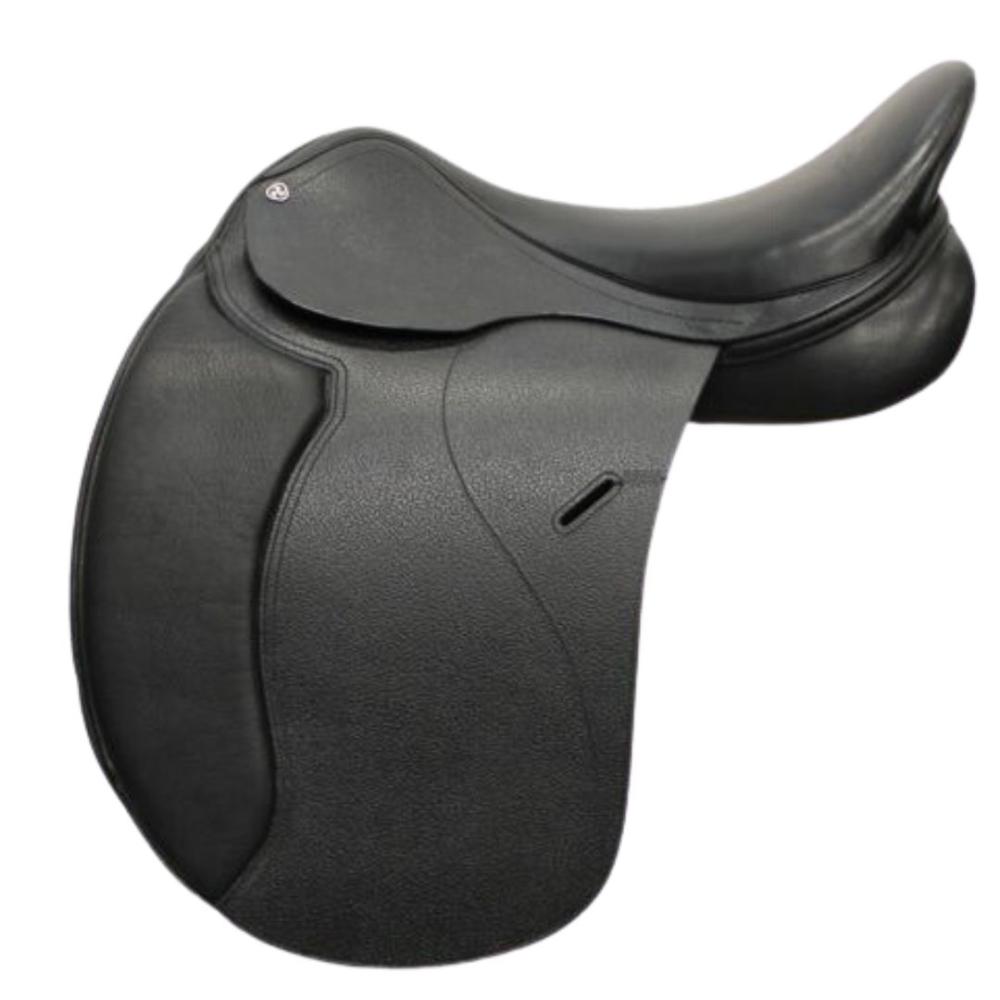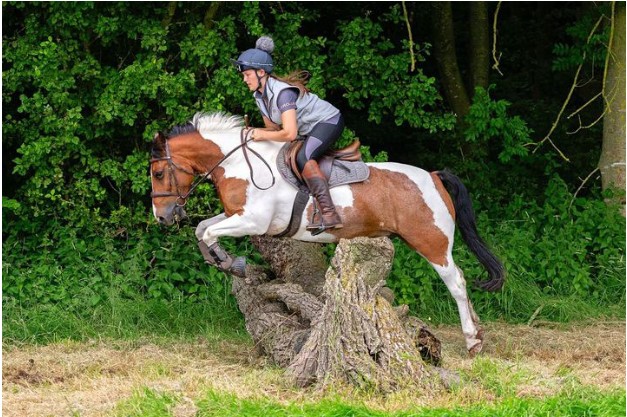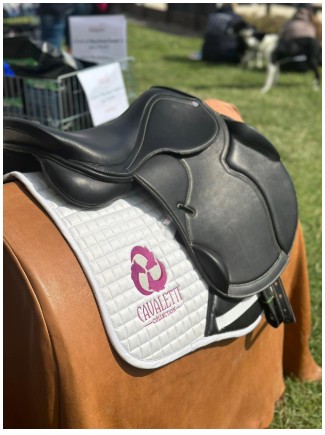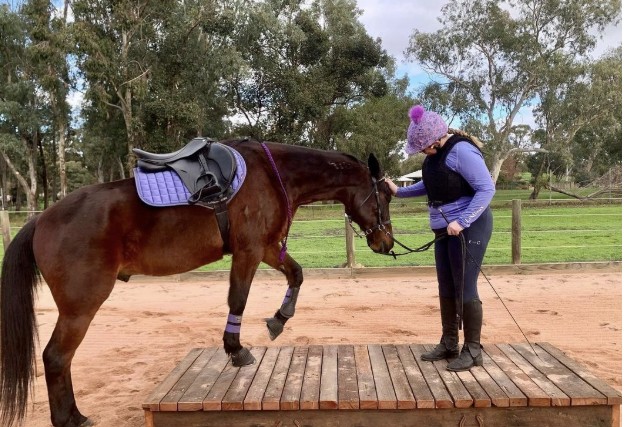The History Of The Dressage Saddle
The History Of The Dressage Saddle
What is a dressage saddle?
A dressage saddle is a specialized type of horse saddle designed specifically for the discipline of dressage. Dressage is an equestrian sport that focuses on the precise execution of a series of movements, where both horse and rider must display harmony, grace, and control.
The dressage saddle is carefully crafted to provide the rider with the necessary support and balance required for performing intricate dressage movements. It allows the rider to maintain a correct posture and position, enabling them to communicate effectively with the horse through subtle aids and cues.
One of the distinctive features of a dressage saddle is its deep and straight seat, which helps the rider sit in a vertical alignment with their hips, shoulders, and heels. This promotes stability and allows for clear communication between the rider's seat and the horse's back. The deep seat also aids in absorbing the horse's movements, ensuring a comfortable ride.
Another key component of a dressage saddle is its long and straight flaps. These flaps provide the rider with a close contact feel, allowing for precise leg aids. The extended flaps also enable the rider to maintain a long and straight leg position, crucial for achieving an elegant and balanced appearance in the dressage arena.
Additionally, dressage saddles have a longer and more pronounced knee roll compared to other types of saddles. The knee roll supports the rider's leg by keeping it in the correct position without restricting movement. It helps maintain a steady lower leg and prevents the leg from swinging or slipping forward during complex dressage movements.
Furthermore, dressage saddles often feature a wider gullet channel to accommodate the horse's spine and allow for freedom of movement. The panels underneath the saddle distribute the rider's weight evenly across the horse's back, minimizing pressure points and ensuring the horse's comfort during training and competition.
The origins of a dressage saddle.
When it comes to horseback riding, the saddle is an essential piece of equipment that ensures both the comfort and safety of both the rider and the horse. One particular type of saddle that has gained immense popularity in the equestrian world is the dressage saddle. But have you ever wondered about the origins of this specialized saddle?
The dressage saddle, as the name suggests, is specifically designed for the discipline of dressage. Dressage is a highly skilled form of horseback riding that focuses on the horse's movement, balance, and responsiveness to the rider's aid. It originated in ancient Greece and was later refined by European cavalry riders. 
The earliest known saddles were simple pads made of animal skins or blankets used for comfort and stability while riding horses. As time went on, the design of saddles evolved to meet the specific needs of different riding styles and purposes.
The dressage saddle, with its unique features, emerged during the Renaissance period in Europe. This saddle was designed to give the rider a deep seat and long, straight flaps, allowing maximum contact with the horse's back. The deep seat helps the rider maintain a correct position and allows for better communication with the horse through subtle aids.
One of the distinguishing features of a dressage saddle is the absence of a horn or a pommel at the front. This allows the rider's leg to have closer contact with the horse's sides, enabling precise leg aids. The absence of the horn also allows the rider to have a more upright and balanced posture, which is crucial for performing the intricate movements required in dressage.
Another important aspect of a dressage saddle is the placement of the stirrup bars. In a dressage saddle, the stirrup bars are positioned further back compared to other types of saddles. This helps the rider maintain a correct alignment of their leg, ensuring a balanced seat and effective aids.
Over the years, dressage saddles have undergone further refinements and improvements in design and materials. Modern dressage saddles are often made with high-quality leather and offer various features such as adjustable treewidth, cushioned knee rolls, and panels that can be customized to fit the horse's back shape.
In conclusion, the origins of the dressage saddle can be traced back to the Renaissance period in Europe. Its design evolved to meet the specific needs of dressage riders, providing them with a deep seat, close contact with the horse, and optimal leg aids. Today, dressage saddles continue to be an integral part of the sport, ensuring both comfort and performance for both horse and rider.










